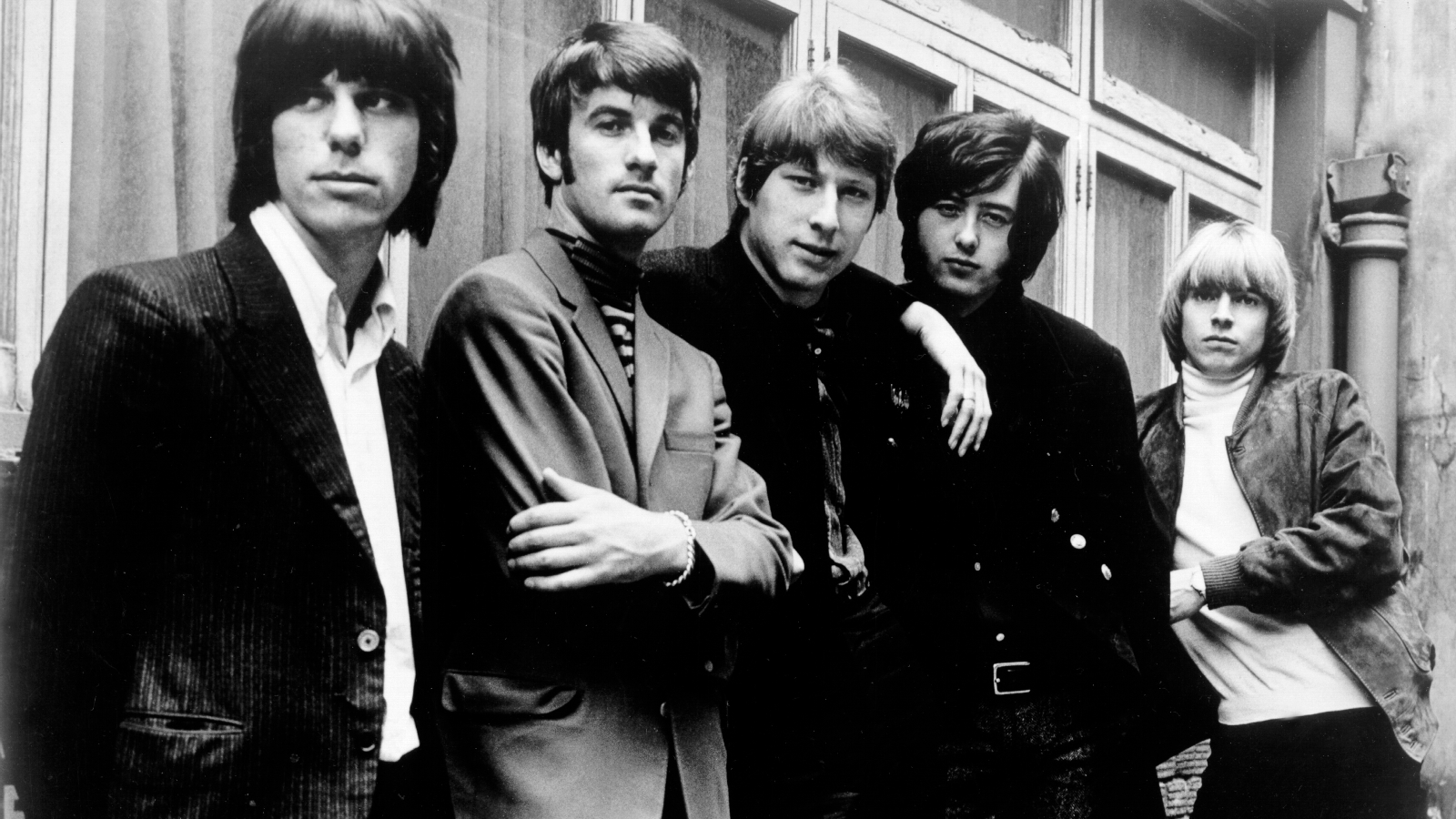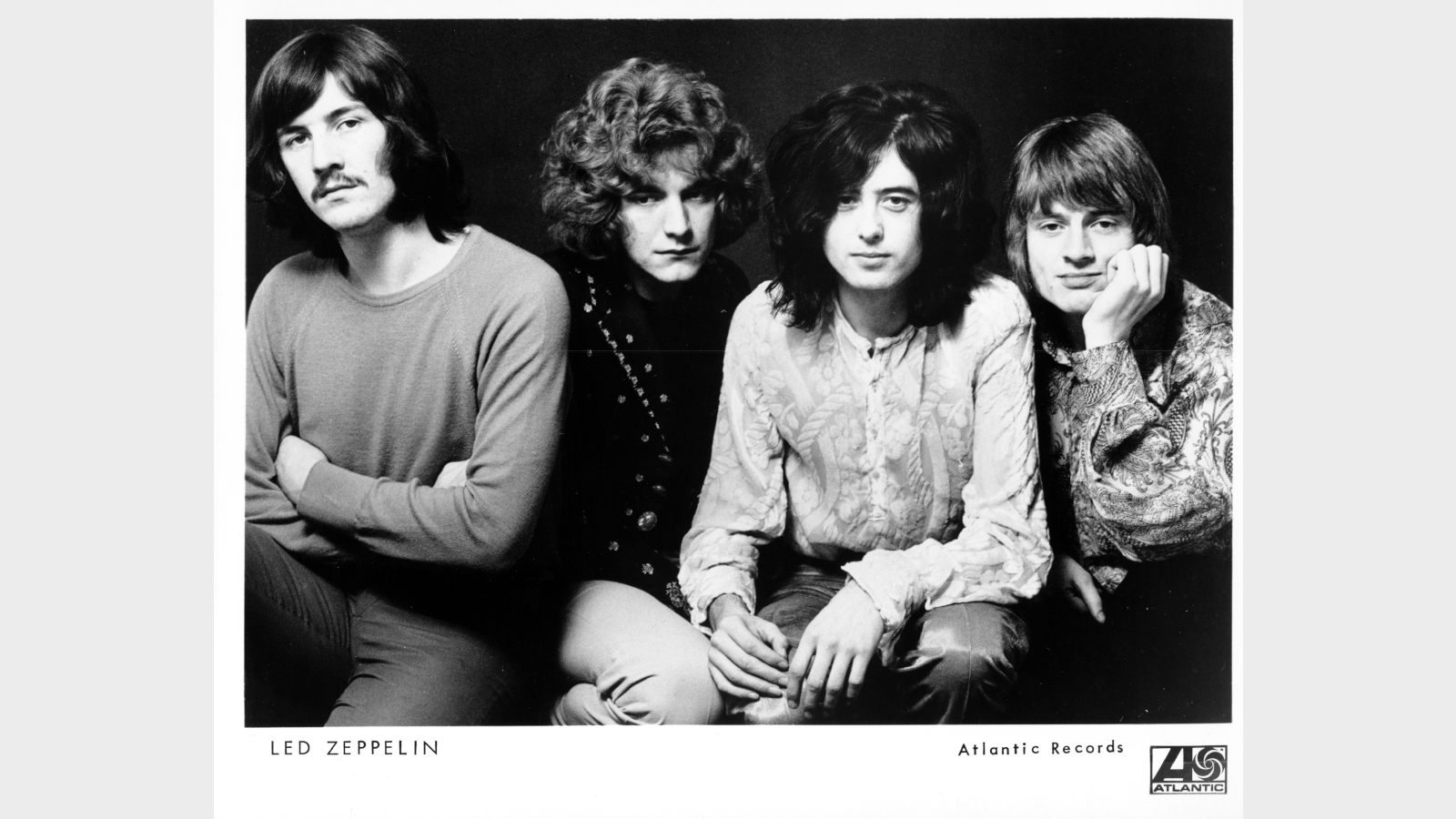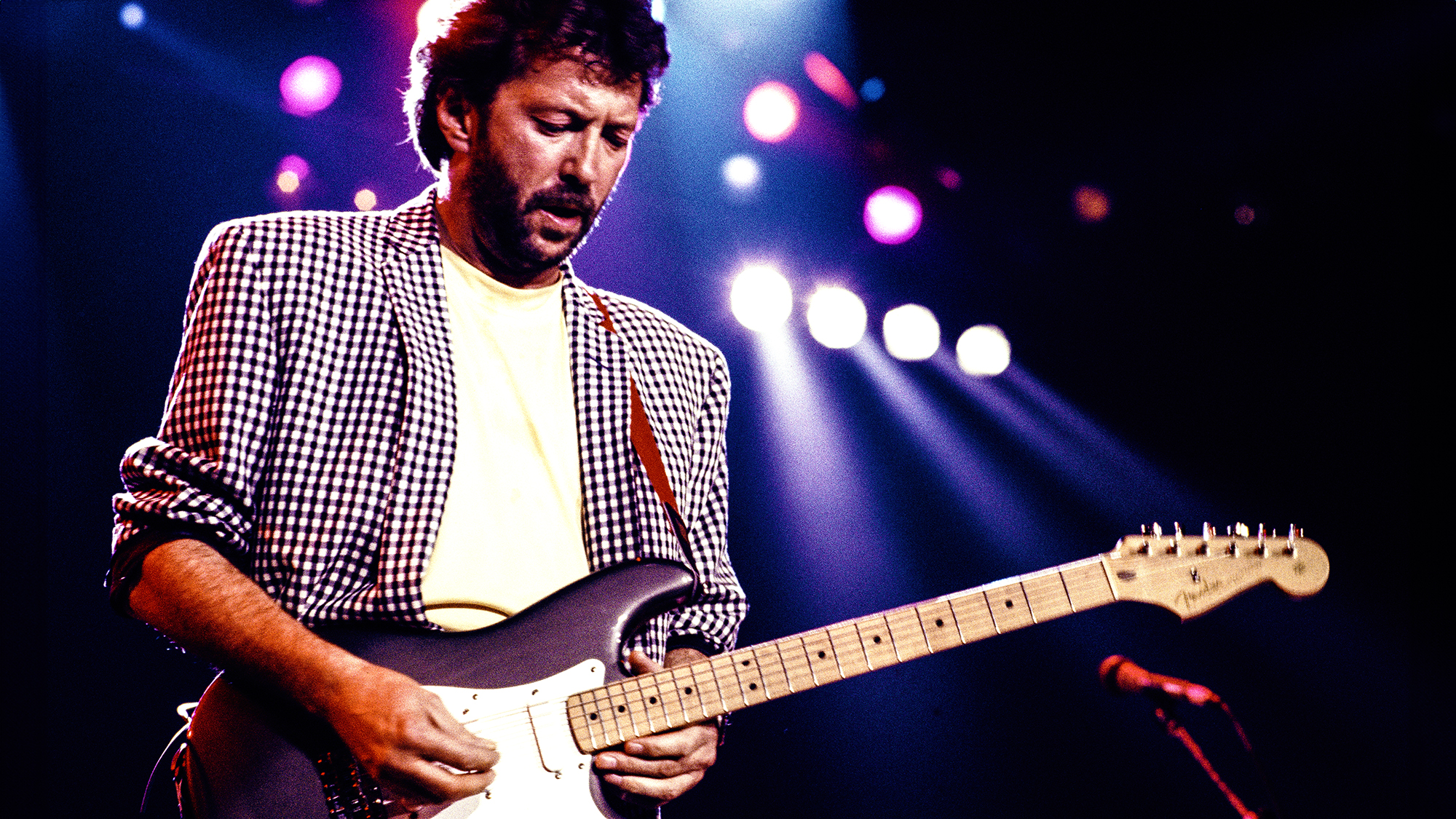Here's Why Jimmy Page Is a Missing Link Between ‘60s Psychedelia and ‘70s Hard Rock
The guitarist was on the path of the exotic long before he bridged the gap with Led Zeppelin

With Jeff Beck’s departure from the Yardbirds in 1966, Jimmy Page took over lead guitar duties and assumed a more directorial role.
Although this marked the Yardbirds’ most commercially unsuccessful period, it also produced some of their most overtly psychedelic rock.
On 1967’s Little Games, Page played his guitar with a bow on the middle break of “Tinker Tailor,” used DADGAD tuning on the acoustic guitar jam “White Summer,” employed audio loops on “Glimpses,” and combined distortion and wah on the October 1967 single “Ten Little Indians.”

As the Yardbirds transitioned to Led Zeppelin, Page’s psychedelic efforts continued to a lesser extent but with decidedly more skill.
The solo break on “Dazed and Confused” shows him merging psychedelic rock into hard rock, while the trippy “Whole Lotta Love” finds him conjuring atonal guitar swells and sirens sounds.
While the first psychedelic rock era had died out by 1970, Page continued to explore elements of it in songs like “Friends,” “Achilles Last Stand” and “Kashmir,” the latter two of which aren’t so far removed from the dirge-like incantations of Yardbirds cuts like “Still I’m Sad” and “Glimpses.”

Taking those signature sounds with him from the epicenter of ‘60s psychedelia, Page greatly expanded the sonic palette of ‘70s hard rock, though his taste for the exotic goes back a long way.
All the latest guitar news, interviews, lessons, reviews, deals and more, direct to your inbox!
Speaking to Guitar Player in this exclusive interview, the guitarist revealed how after going to great lengths to source a sitar, he was finally shown how to tune the instrument by none other than Ravi Shankar.
“I’d listened to Indian music,” said the Led Zep legend. “I’d accessed that on the radio, and this was way in advance of the Beatles. My father worked in a factory near Heathrow where they made wire and cables. Not guitar cables – big industrial stuff.
Sonically, all my learning was from listening to things and making my own interpretations of what I heard, but this was something else!
Jimmy Page
“He was the personnel manager, and there were a lot of Asians working there, and I said, ‘Dad, would you ask around and see if anyone there knows anything about sitars? See if anyone can access one from over there.’
“There was a guy who said he’s going to get one sent over, and it arrived in this makeshift plywood box… I took out the sitar, and there was this beautiful thing. I had absolutely no idea how to play it. There are all these sympathetic strings on a sitar, so as I plucked one string, the whole thing started to resonate and I thought, Oh my God!
“Sonically, all my learning was from listening to things and making my own interpretations of what I heard, but this was something else! Of course, later I got to meet Ravi Shankar at a concert in London. My friend and I were the only two young people there, and he gave me the tuning for the sitar.”
Browse the Led Zeppelin catalog here.
Christopher Scapelliti is editor-in-chief of GuitarPlayer.com and the former editor of Guitar Player, the world’s longest-running guitar magazine, founded in 1967. In his extensive career, he has authored in-depth interviews with such guitarists as Pete Townshend, Slash, Billy Corgan, Jack White, Elvis Costello and Todd Rundgren, and audio professionals including Beatles engineers Geoff Emerick and Ken Scott. He is the co-author of Guitar Aficionado: The Collections: The Most Famous, Rare, and Valuable Guitars in the World, a founding editor of Guitar Aficionado magazine, and a former editor with Guitar World, Guitar for the Practicing Musician and Maximum Guitar. Apart from guitars, he maintains a collection of more than 30 vintage analog synthesizers.
